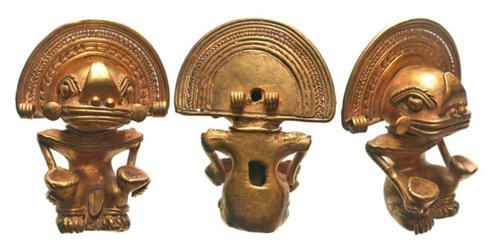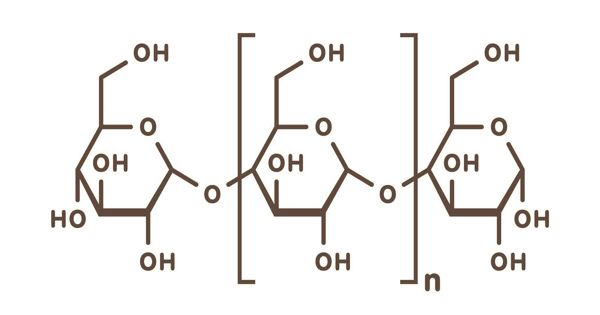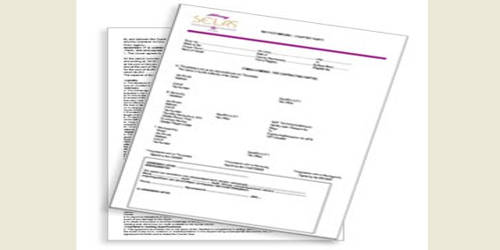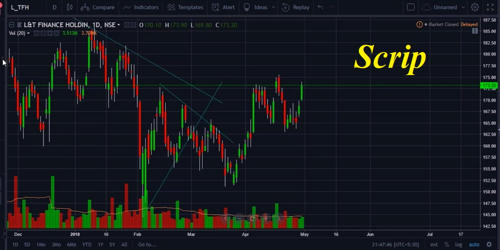Tumbaga is an alloy of gold and copper commonly used in pre-Columbian South and Central America. It is the name for a non-specific alloy of gold and copper given by Spanish Conquistadors to metals composed of these elements found in widespread use in pre-Columbian Mesoamerica in North America and South America. The term is believed to be a borrowing from Malay tembaga, meaning “copper” or “brass”, which in turn is from Prakrit. It can be treated with a simple acid, like citric acid, to dissolve copper off the surface.
Composition and properties
Tumbaga is an alloy composed mostly of gold and copper. The chemical composition of the alloy differs in different objects of use and it is known for its hardness. It has a significantly lower melting point than gold or copper alone. If the copper content is low, it doesn’t tarnish much. It is harder than copper but maintains malleability after being pounded. It can be hammered, cast, annealed, plated, polished, inlaid, embossed, and engraved.
- Color/appearance: Golden with a strong reddish tinge
- Luster: Metallic
- Melting point: 864.18°C, 1587.52°F
- State of matter at room temperature: (normal phase) Solid
- Hardness: 30-80 Brinell (estimated)
- Malleability: Yes
Tumbaga can be treated with a simple acid, like citric acid, to dissolve copper off the surface. The low melting point of the alloy favored its use with early metalworkers. What remains is a shiny layer of nearly pure gold on top of a harder, more durable copper-gold alloy sheet. This process is referred to as depletion gilding. In fact, it was made to resemble gold by treating its surface with an acid solution to dissolve the copper and then hammering and polishing it for joining the gold.
Use and function
Tumbaga was widely used by the pre-Columbian cultures of South and Central America to make religious objects. Like most gold alloys, tumbaga was versatile and could be cast, drawn, hammered, gilded, soldered, welded, plated, hardened, annealed, polished, engraved, embossed, and inlaid.
Tumbaga objects were many times made by using the so-called lost wax technique and the alloy used was a mixture of copper (80%), silver (15%), and gold (5%). The proportion of gold to copper in artifacts varies widely; items have been found with as much as 97% gold while others instead contain 97% copper. Some tumbaga has also been found to be composed of metals besides gold and copper, up to 18% of the total mass of the tumbaga. This process removed through oxidation of the silver from the surface of the object leaving only gold.
















